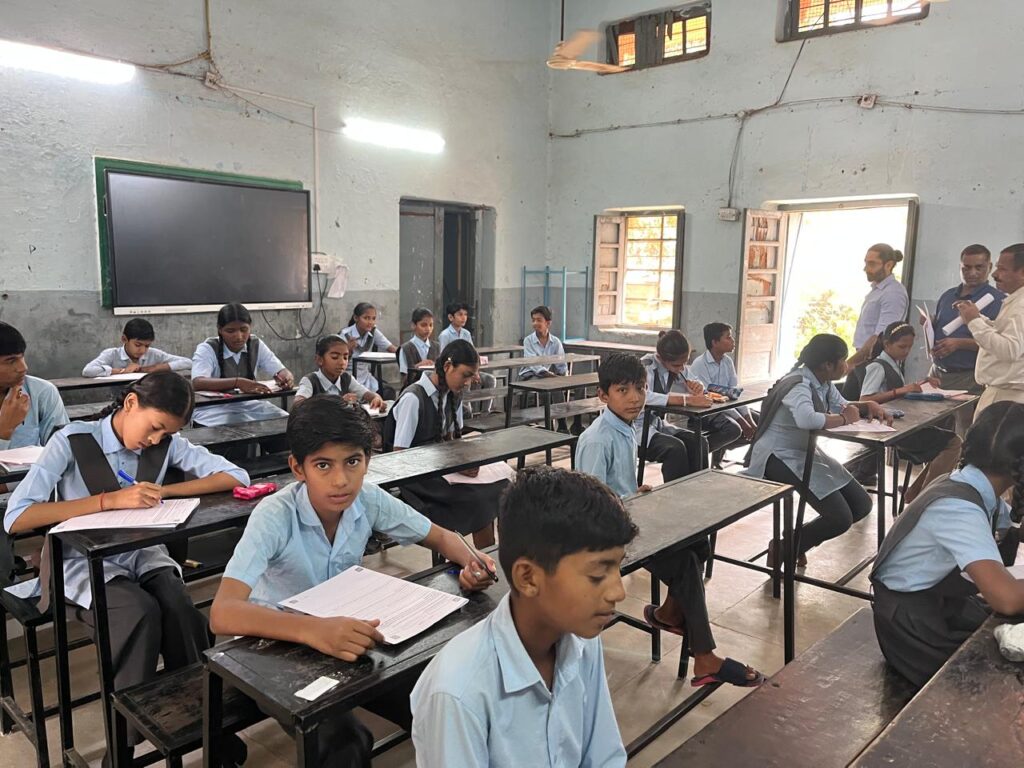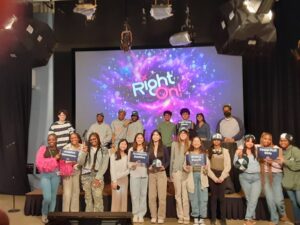
A groundbreaking proof of concept from India is showing that artificial intelligence can now reliably read and evaluate handwritten student work at scale. In Rajasthan’s Jodhpur District, more than 10,000 handwritten exams from 2,500 students were graded in October using Smart Paper AI, a platform that can read and analyze student handwriting. For the 300 teachers across 55 government schools who participated, the results were immediate: faster grading, instant feedback, and expedited insight into how students think and learn.
Behind this breakthrough is Nirmal Patel, co-founder of EdOptimize, Chief Data Scientist at Playpower Labs, and two-time winner of the Tools Competition Prize that made Smart Paper possible. As Patel explains, the idea began years earlier while studying records from digital learning platforms.
“The most interesting data about learning was still on paper,” he said. “Especially in math, you can only truly understand a child’s misconception by looking at their handwriting.”
Yet handwriting data was almost entirely absent from educational data mining. He and his partners created Smart Paper to fill that gap, and winning the Tools Competition was instrumental in making that happen.
Before the prize, Patel and his team had been working independently in India to pilot their technology, with the goal of a government partnership. The public sector’s hesitation to fund R&D, along with frequent administrative changes made progress difficult. Private sector investors looked at paper as an antiquated technology to work on.
The Tools prize changed that dynamic entirely. With stable funding in place, the Smart Paper team could focus on innovation and impact rather than survival.
Freed from financial hesitation, the team could scale pilots quickly, invest in AI R&D, and fine-tune the technology in real classrooms. That freedom allowed Smart Paper to prove its capabilities at scale and laid the foundation for what is now one of India’s most ambitious AI-for-education success stories.

The early prototypes focused on digitizing multiple-choice worksheets – essential in a state where millions of students take paper-based exams every year. Patel’s team built a computer vision system that could scan, align, and process answer sheets using even the lowest-end phones in remote areas. Over three years, this model collected data on 5 million students, helping the Rajasthan government digitize a huge piece of its assessment process. By using the data, the government enabled personalized recommendations for students and teachers and used competency report cards to drive parent engagement.
The next leap came with handwritten grading where the AI doesn’t just score; it analyzes student reasoning. For example, when 1,000 students solve the same algebra equation incorrectly, Smart Paper’s large language model can cluster their answers, identify common misconceptions, and generate lesson plans targeted to those gaps.
“You’re reading the thoughts of students at scale,” Patel explains. “That’s never been possible before.”
The implications stretch far beyond efficiency. Handwriting data reveals systematic patterns in human learning, such as how students think, err, and improve. Patel and collaborators believe this insight can deepen cognitive research, inform teacher training, and even contribute to the development of math-capable AI systems.
Smart Paper is already in use across 65,000 middle schools for multiple-choice grading, and pilots in handwriting are expanding across India. The platform works with Hindi and other languages, and Patel’s team is exploring adaptation for global use. Plans are underway for student report cards linked to QR codes that connect families to targeted learning materials, an innovation designed for low-resource settings where a family’s smartphone may be the only classroom technology.
Reflecting on the journey, Patel credits the Tools Competition as pivotal.
“If we didn’t get the grant, I don’t know how things would have turned out,” he said. “It allowed us to focus on execution and social impact rather than survival.”



